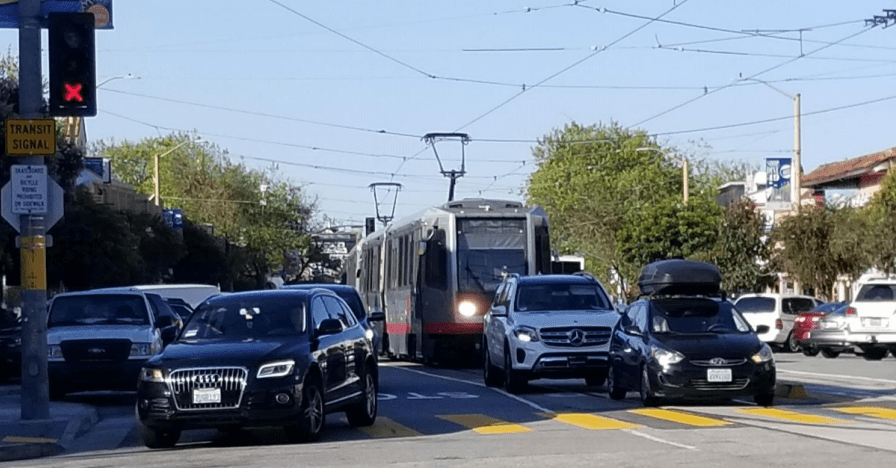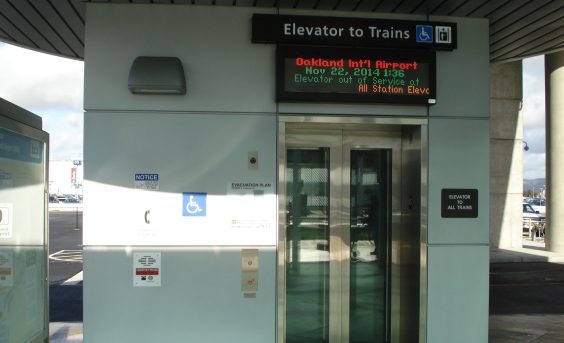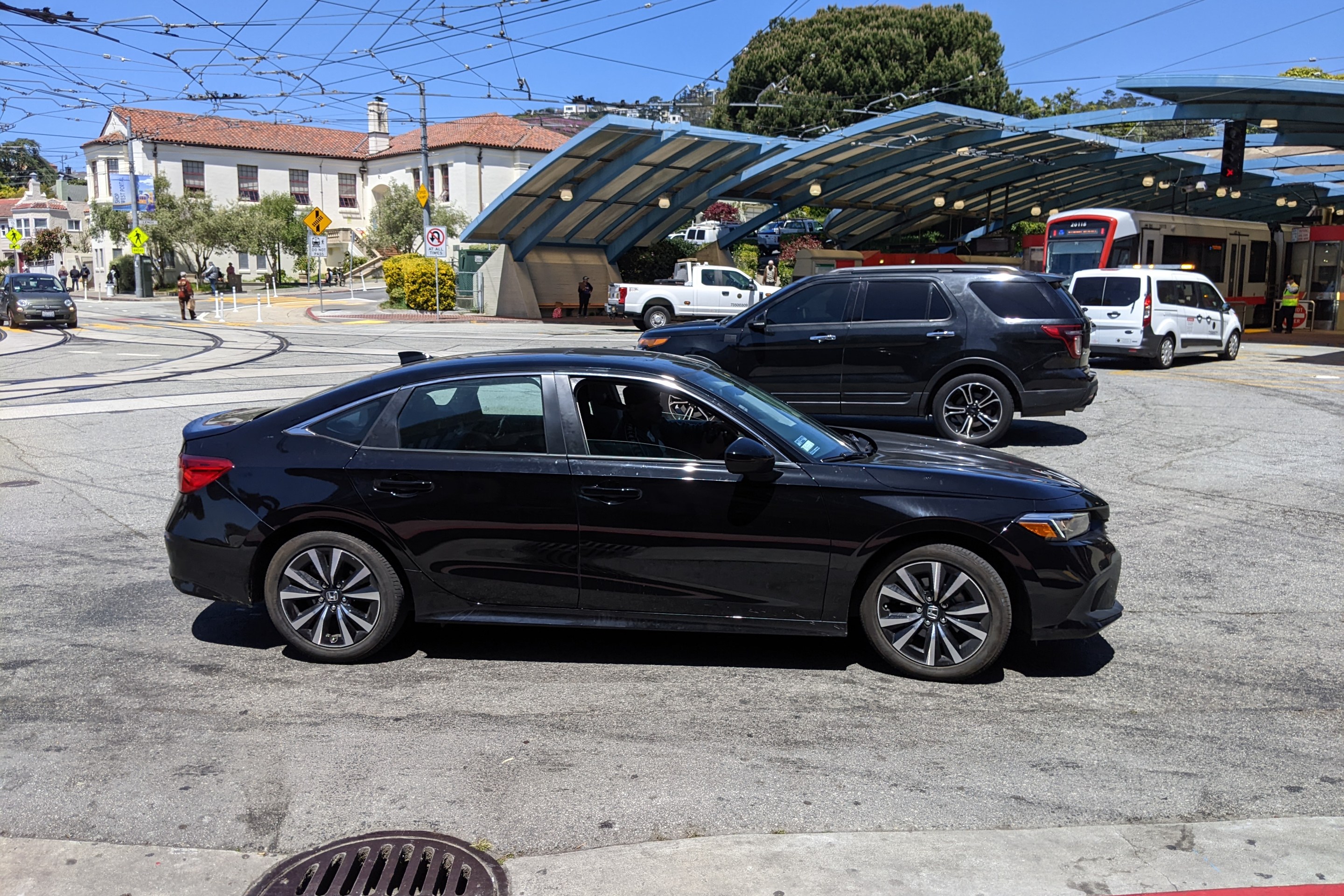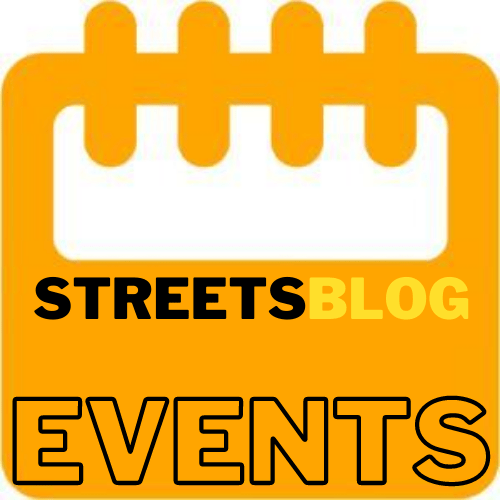Hampered by Tunnels, Center BRT Lanes on Geary Limited to the Richmond
5:38 PM PST on December 16, 2013

Correction 12/17: The next community meeting on Geary BRT is tonight, Tuesday, at 5:30 p.m. at the Main Public Library.
The latest iteration of the plan for bus rapid transit on Geary Boulevard includes center-running bus lanes only on the Richmond District segment between Arguello Boulevard and 27th Avenue -- about a quarter of the street's length. East of Arguello, where Geary's center traffic lanes run through two tunnels designed to whisk cars past Masonic Avenue and Fillmore Street, planners say center-running transit lanes are too problematic and expensive to engineer. Instead, they propose side-running colored transit lanes all the way to downtown.
Planners from the SF County Transportation Authority maintain that their recommended plan [PDF] for Geary's Richmond segment, previously called Alternative 3-Consolidated, will still produce significant gains for riders on Muni's busiest bus line. Along that segment, the project is expected to cut travel times by a quarter, make the line 20 percent more reliable, and increase ridership by up to 20 percent. The current estimated cost for the project is between $225 million and $260 million.
That comes out to $35-40 million per mile, and with more than 50,000 riders every weekday already, planners say Geary BRT is worth it. "It's a really cost-effective investment to make because people are going to start using it if we make this set of improvements," said SFCTA planner Chester Fung.
Filling in the Fillmore underpass to raise Geary's center lanes back to street level would cost an estimated $50 million and could add years to a project that has already been delayed extensively, planners said. Geary BRT was originally supposed to open in 2012, and the SFCTA says its current proposal could be implemented by 2018, the same year as Van Ness BRT -- an improvement over the previous 2020 timeline.
"It's not what I'd like it to be," said Winston Parsons, a member of the Geary BRT Citizens Advisory Committee, though he said the SFCTA's reasons for limiting the center-running lanes are "understandable."
"I initially advocated that both tunnels be filled, but it's simply not in this project's budget and would drastically increase our timeline," he said.
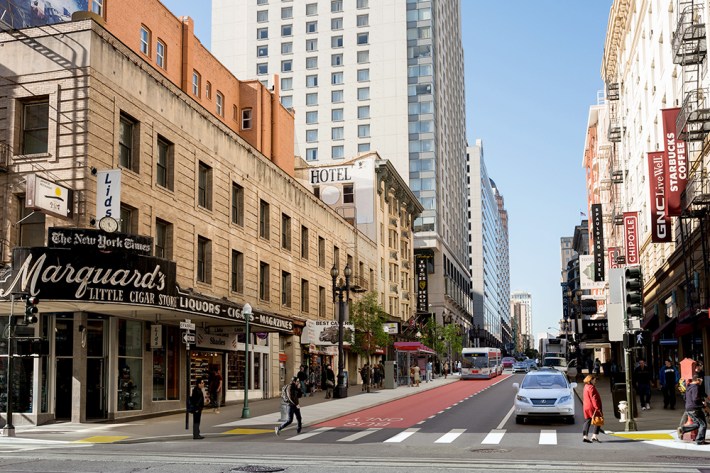
Parsons and other transit advocates say they see Geary BRT as a worthwhile interim boost for reliable transit and pedestrian safety, but that city agencies should plan on a relatively quick upgrade to light rail.
Thea Selby, a spokesperson for the SF Transit Riders Union, said city agencies should shoot for light rail by 2030, when the BRT buses' useful life is expected to end. SFTRU could not yet comment on the proposed BRT design, "but would like to see a long-term strategy that takes us from the initial plan, through a more sophisticated BRT treatment (probably including fill-ins)," she said.
Indeed, it seems the only way to build a high-quality BRT system and repair the car-dominated urban fabric at the Masonic and Fillmore crossings is to fill in the underpasses, which tore apart neighborhoods when they were built by freeway-happy planners in the mid-20th century.
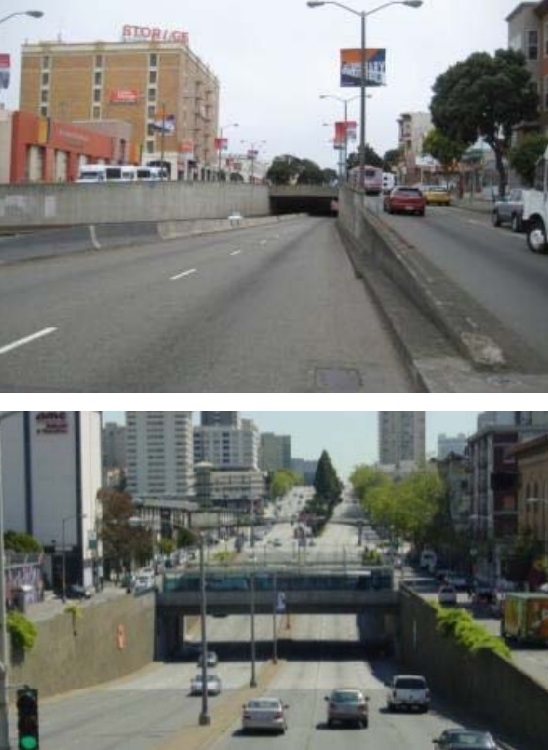
Parsons said he and other CAC members opposed an initial SFCTA proposal to run BRT through the Masonic tunnel, with BRT stations placed at either entrance, arguing that the platforms would feel dangerous and unpleasant to wait on. Requiring people to take stairs, an escalator, or elevator to reach Masonic would also make it difficult to transfer to the 43 line, he said.
Even if Geary buses were to run underneath the Fillmore underpass, they would be forced to quickly jostle back to the side lanes on either side. At Gough Street to the east, Geary splits into a one-way street pair with O'Farrell Street, and a fill-in for the much more massive Masonic tunnel, which passes underneath two intersections, hasn't even been seriously considered.
At a community meeting in the Richmond last week, there was no sign of the opposition seen from merchants in past years who complained about the loss of car parking and construction impacts. The latest iteration of the plan removes basically no parking in the Richmond, and construction on any one block would last no longer than five months, according to the SFCTA.
Roger Gula, an architect who lives at 19th Avenue and Geary, said he was excited for the arrival of BRT, and that he could wait patiently for a light-rail upgrade.
"The existing conditions on Geary are circa 1952 -- very car-oriented. Not a lot of transportation choices except for a very crowded bus," said Gula. "This brings us into the 21st century."
"I like riding the bus so much better [than driving] with my son," he added. "I can hold him, I can talk with him, as opposed to a small rear-view mirror where I can only see the top of his head."
The SFCTA will host another community meeting on Geary BRT at the Main Public Library, 100 Larkin Street, on Tuesday at 5:30 p.m.
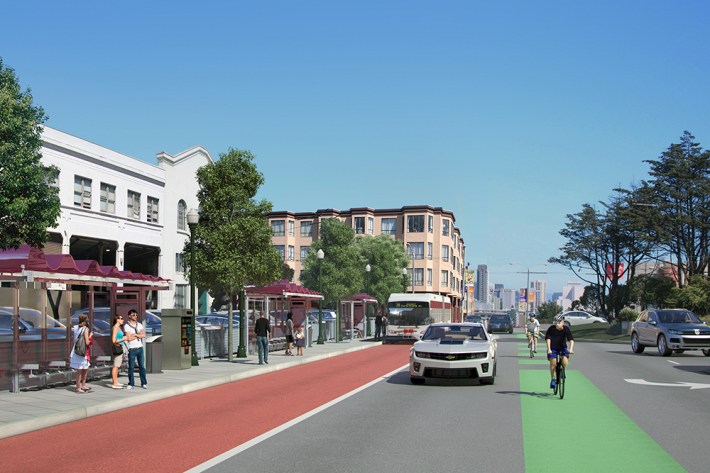
Read More:
Stay in touch
Sign up for our free newsletter
More from Streetsblog San Francisco
Commentary: Merchants Are Getting People Killed
The number one local obstruction to curbing traffic violence is local commerce and merchant groups.
Supervisor Melgar Betrays Promises, Sells Out Family Killed in West Portal
Well that didn't take long


